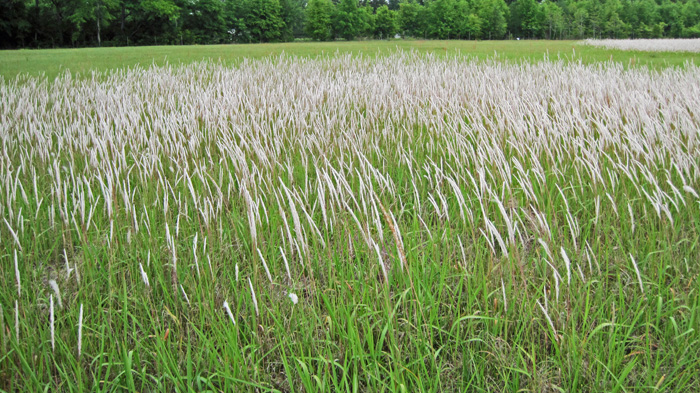
by Kalyn Waters | Sep 22, 2017
Cogongrass was accidentally introduced into Alabama in the 1900’s, but intentionally brought to Florida in the 1930’s as a potential forage and soil stabilizer. Currently it can be found in 73 countries and on every continent. Since being introduced...
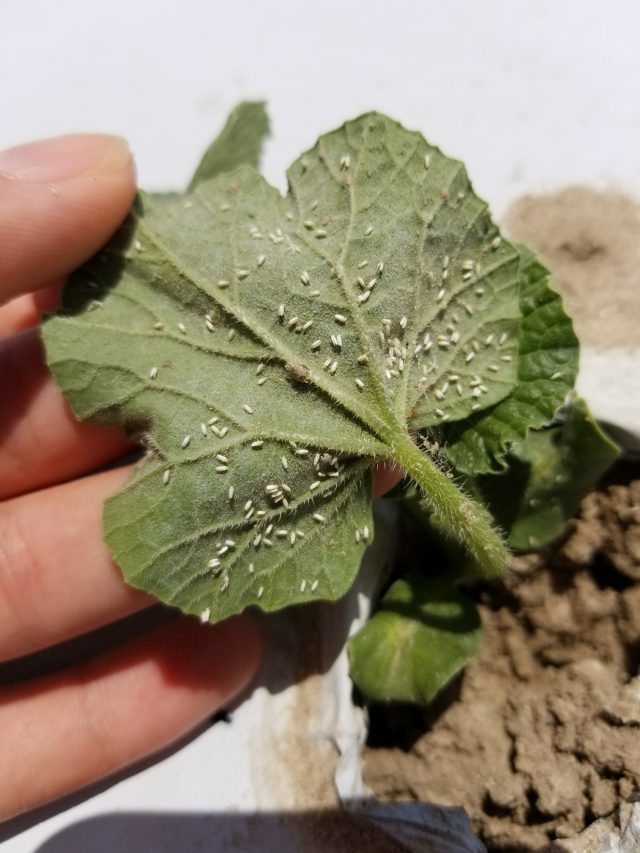
by Josh Freeman | Sep 15, 2017
As if the fall season wasn’t challenging enough from a pest and disease perspective, throw in a hurricane and it gets much worse. Luckily, the storm missed most of the Panhandle. Tomato and cucurbit producing areas in Gadsden and Jackson counties likely saw the...
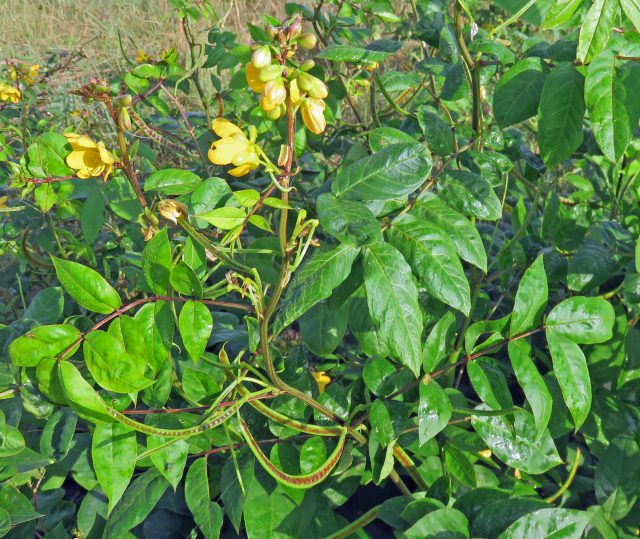
by Kalyn Waters | Sep 15, 2017
Coffee Senna is not only an issue for livestock producers, as seeds are toxic when consumed, it also causes issues for cotton and peanut farmers in the southern states. The scientific name Senna occidentalis comes from Arabic and Latin roots, with Senna meaning...
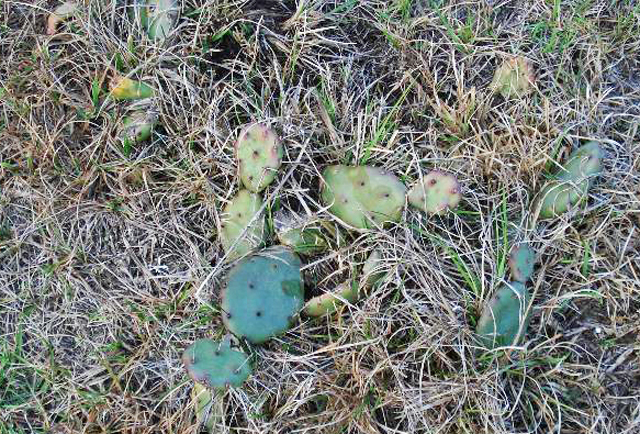
by Shep Eubanks | Sep 8, 2017
Prickly Pear is one of those tenacious, tough to handle weeds that you hate to find growing in your pastures and hay fields. It can be very difficult to control and eradicate. This weed typically spreads and reproduces via fragmentation of original plants, such as...
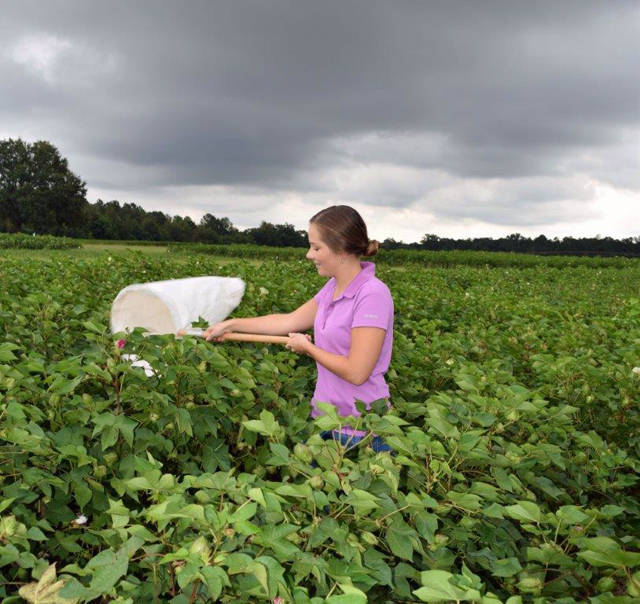
by Joe Funderburk | Sep 8, 2017
Joe Funderburk, Professor of Entomology, NFREC Quincy A UF/IFAS EDIS fact sheet is now available entitled “Insect and Mite Integrated Pest Management in Florida Cotton” by Joe Funderburk, Nicole Casuso, Norman Leppla, and Michael Donahue. The guide...
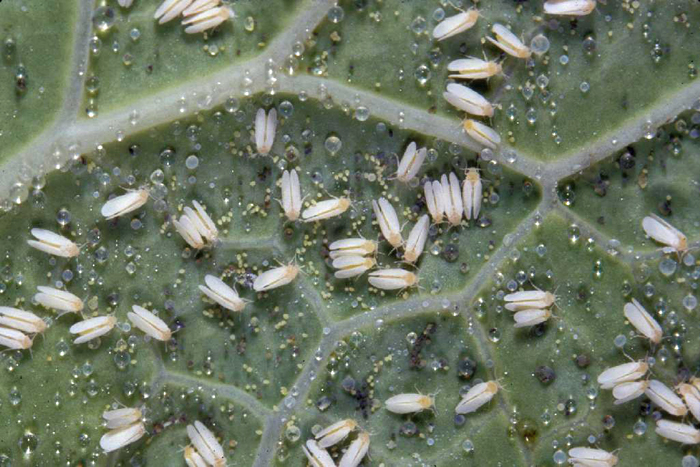
by Ethan Carter | Aug 25, 2017
Sliverleaf whiteflies (SLWF), also known as sweet potato whiteflies, are a major pest in many cropping systems. The SLWF has a broad feeding range of over 600 host plants, which includes ornamental, vegetable, and field crops. This season, large populations of...







